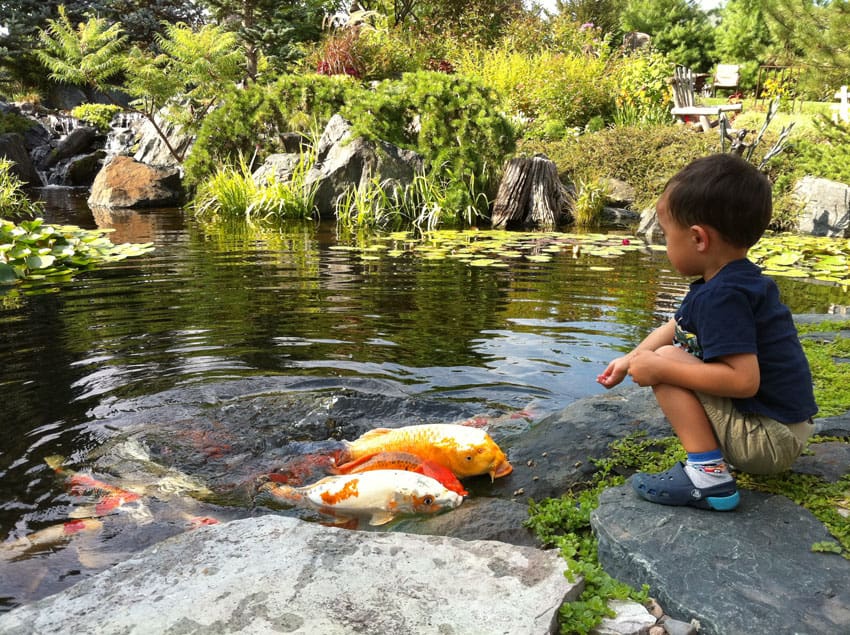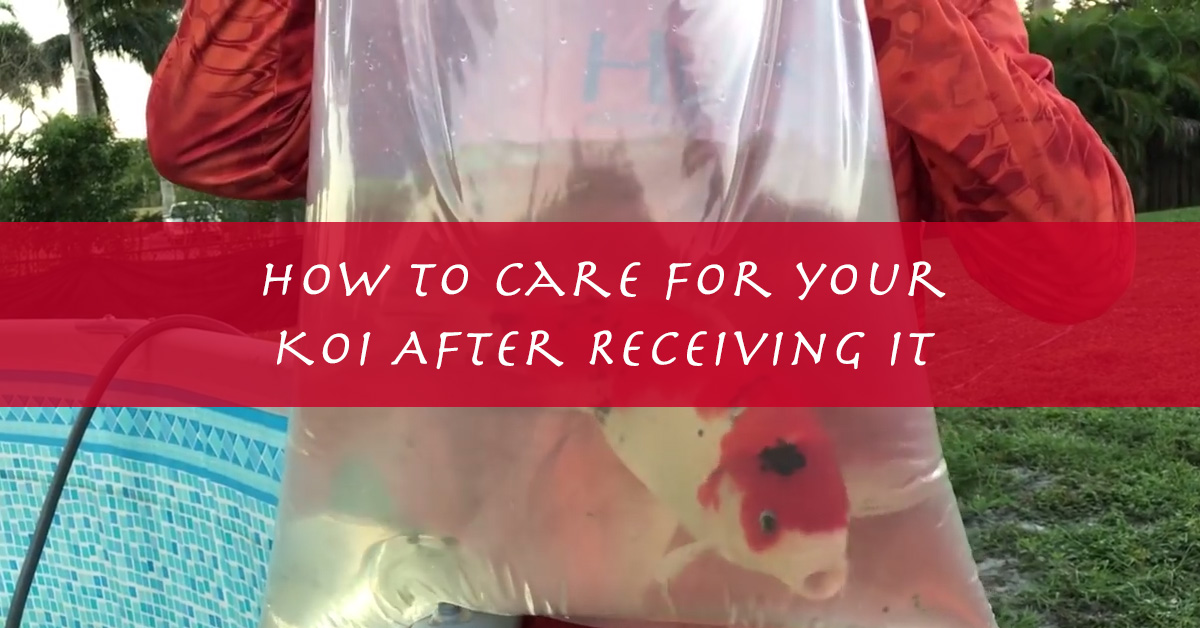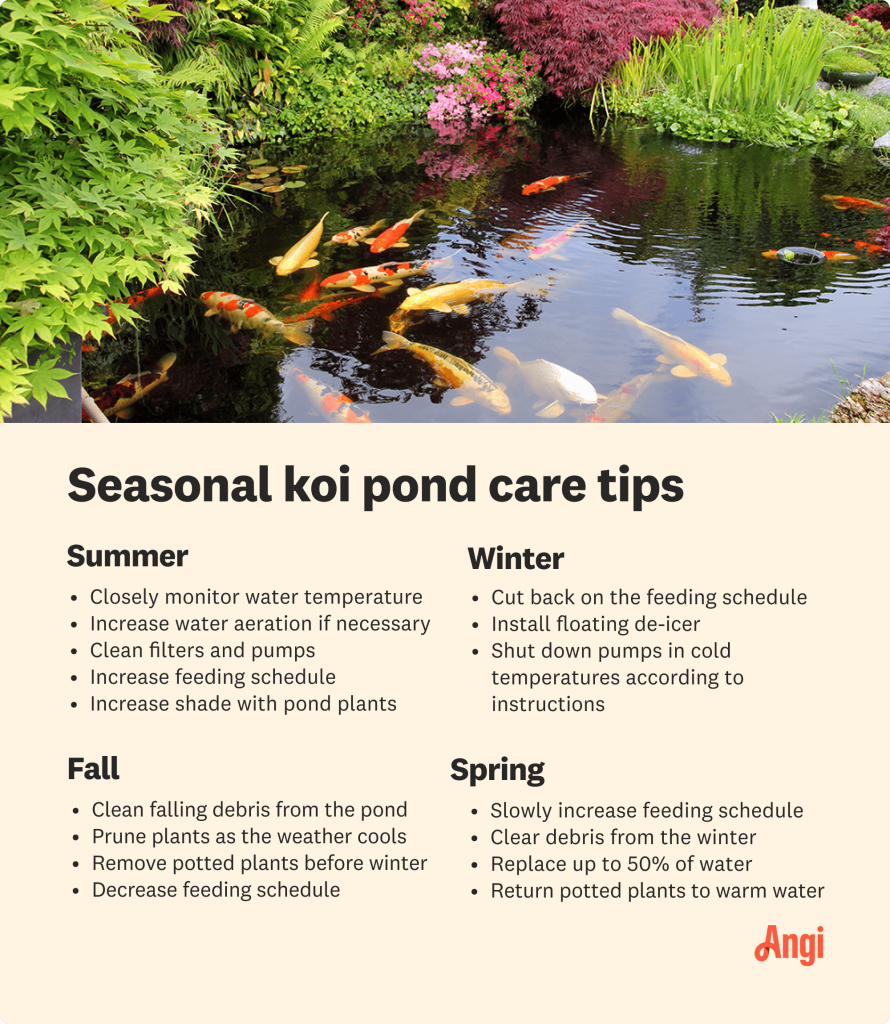Welcome to our comprehensive guide on how to care for a koi pond. Koi ponds are not only beautiful additions to a garden but also require proper maintenance to ensure the health and well-being of the koi fish living in them. By following the tips and techniques outlined below, you can create a thriving ecosystem that will delight both you and your fish.
1. Location and Design
First and foremost, choosing the right location for your koi pond is crucial. Select a spot that receives a good amount of sunlight but also has some shade to prevent the water from overheating. Ensure that the area is away from trees to prevent leaves from falling into the pond and contaminating the water. When designing your koi pond, consider factors such as depth, surface area, and filtration system to create a balanced environment for your fish.
2. Water Quality
Maintaining good water quality is essential for the health of your koi fish. Regularly test the water for pH levels, ammonia, nitrites, and nitrates to ensure that they are within the optimal range for koi. Invest in a good quality water testing kit and monitor the water parameters on a weekly basis. Additionally, consider using a UV sterilizer or biological filter to keep the water clean and free from harmful bacteria.
3. Feeding
Proper feeding is key to keeping your koi fish healthy and vibrant. Feed your koi a high-quality diet specifically formulated for koi fish, and avoid overfeeding, as this can lead to water quality issues. Monitor your fish while feeding to ensure that all fish are getting an adequate amount of food. Remember to adjust feeding amounts based on the temperature of the water, as koi fish require less food in colder temperatures.
4. Filtration
Investing in a good filtration system is crucial for maintaining a clean and healthy koi pond. There are several types of filtration systems available, including biological, mechanical, and chemical filters. Choose a filtration system that is appropriate for the size of your pond and the number of fish you have. Regularly clean and maintain the filters to ensure that they are functioning properly.
5. Temperature Control
Koi fish are sensitive to temperature changes, so it’s important to monitor and control the temperature of your pond. Consider installing a pond heater to maintain a stable temperature, especially during the colder months. Avoid drastic temperature fluctuations, as this can stress the fish and make them more susceptible to diseases. Provide shaded areas in the pond for the fish to escape the heat during hot summer days.

Credit: premiereaquascapes.com
6. Plant Life
Incorporating aquatic plants into your koi pond not only enhances its aesthetic appeal but also provides natural filtration and shade for the fish. Choose a variety of plants such as water lilies, lotus, and water hyacinth to oxygenate the water and create a more natural habitat for the fish. Regularly trim and maintain the plants to prevent overgrowth and ensure that they do not overshadow the pond.
7. Disease Prevention
Preventing diseases is crucial for the well-being of your koi fish. Quarantine new fish before introducing them to the pond to prevent the spread of diseases. Keep an eye out for signs of illness such as lethargy, loss of appetite, and abnormal swimming behavior. Treat any sick fish promptly and consult with a vet specializing in fish health if necessary.
8. Regular Maintenance
Regular maintenance is key to keeping your koi pond in top condition. Perform weekly water tests, clean the filters, and remove any debris or leaves that may have fallen into the pond. Monitor the water level and top up as needed to compensate for evaporation. Conduct a thorough pond cleaning at least once a year to remove sludge and accumulated waste.

Credit: www.kodamakoifarm.com
9. Monitoring Behavior
Observing the behavior of your koi fish can provide valuable insights into their health and well-being. Watch for signs of stress such as flashing, rubbing against objects, or gasping at the surface of the water. Monitor the fish during feeding times to ensure that all fish are eating and behaving normally. Any sudden changes in behavior should be investigated promptly.
10. Enjoying Your Koi Pond
Lastly, remember to take the time to sit back and enjoy the beauty of your koi pond. Watching the colorful fish swim gracefully in the crystal-clear water can be a relaxing and therapeutic experience. Invite friends and family to share in the joy of your pond and create lasting memories together. By following the tips outlined in this guide, you can ensure that your koi pond remains a vibrant and thriving ecosystem for years to come.
We hope this guide has been helpful in providing you with valuable insights into caring for a koi pond. By following these tips and techniques, you can create a healthy and beautiful environment for your koi fish to thrive. Remember that proper care and maintenance are essential for the well-being of your fish, so be sure to invest the time and effort needed to keep your koi pond in top condition. If you have any questions or would like to share your own tips for caring for a koi pond, feel free to leave a comment below. Thank you for reading!




